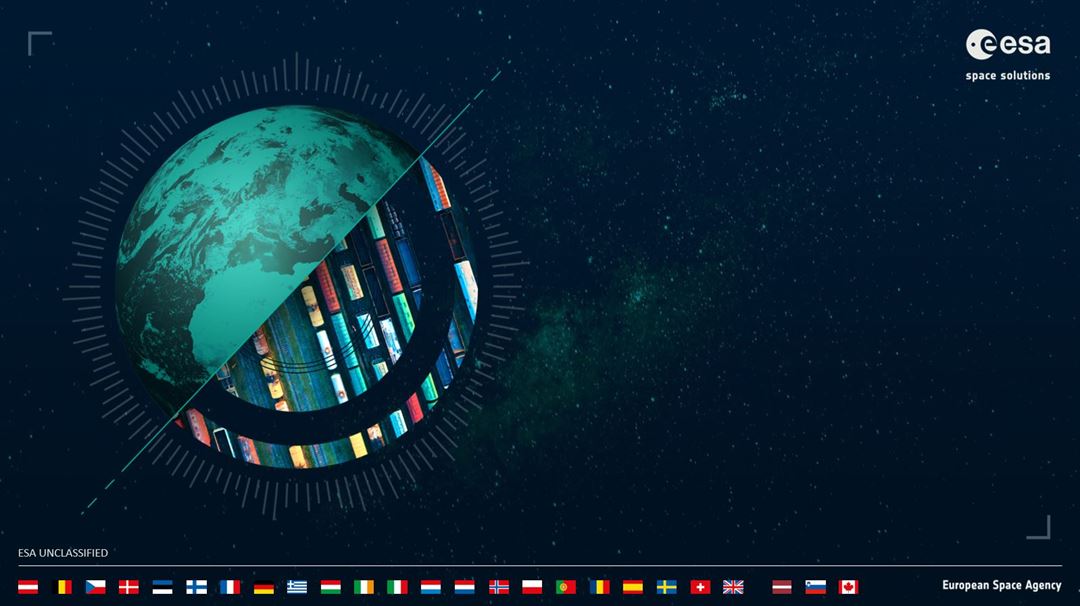Outer space technology can assist with maritime navigation. Recently, ESA launched a project called "Smart and Uncrewed Shipping," which focuses on utilising space technology for maritime applications.
Better access to data, sensors that operate in networks, artificial intelligence, machine learning and increased digitalisation pave the way for new possibilities geared towards smarter, more automated and autonomous maritime transportation and operations. Space-based technology such as 5G/satellite telecommunication allows for broadband communication and makes data sharing possible in areas that lie outside the reach of land-based systems. Satellite-based navigation and positioning systems make the development of advanced PNT (position, navigation and time) technology possible, which is a necessary component for being able to navigate autonomous or operate unmanned ships and vessels in narrow waters.
"ESA seeks to work together with partners whose work lies on the cutting edge of innovation. SINTEF conducts world-leading research within the field of autonomous ships, and we hold a unique position that brings together users and suppliers. Norway also allows for a unique co-working relationship between research, education, authorities and industry, which makes us an attractive collaboration partner", says Kay Fjørtoft, senior researcher for SINTEF Ocean's Energy and Transportation department.
The world's first test area for autonomous ships
Established in the Trondheimsfjord in 2016, the test area for autonomous ships is particularly useful for the collaboration with ESA. The area consists of a total of 17.000 square meters and covers a wide range of landscapes including harbours, inland fjord areas and coasts with rougher seas and weather conditions. This diversity in the testing area is central to the development of future maritime transportation and operations. Every day the area is used by researchers, students and large and small companies alike to test and develop new knowledge, technology and services. The testing area is also an important element in the OceanLab/FjordLab (Ocean Space Centre research infrastructure for full-scale testing and verification).
"Having the opportunity to conduct testing in areas with normal maritime traffic, and having a good dialogue with local authorities who allow for such, are some of the largest benefits with this testing area. The area provides a wonderful platform for collaboration with other key players. Through our collaboration with ESA, we will develop new technology that utilises the space elements for maritime use cases", says Fjørtoft.
Collaboration with stakeholders in Norway and beyond
SINTEF has been working with ESA for many years, and multiple projects are already ongoing together with Kongsberg Seatex, who in addition to developing maritime technology, has delivered technology to the International Space Station (ISS). NTNU also has a collaboration with ESA through its focus area on small satellites, and NTNU and SINTEF have a joint Gemini centre for maritime communication in which ESA is an important supporter. The collaboration with ESA shows that Norwegian technology and knowledge hubs are attractive in the European market, and one of the goals with this new agreement is to attract additional European stakeholders to Norway and to Trondheim. Such collaboration will ensure our contribution to safer maritime transportation and improved coastal monitoring.


